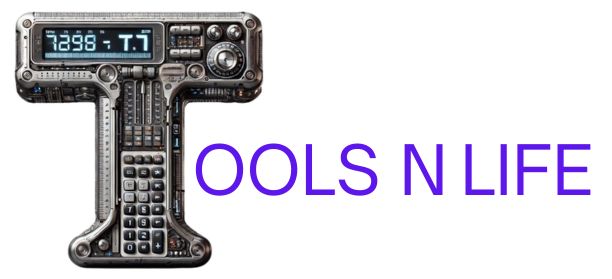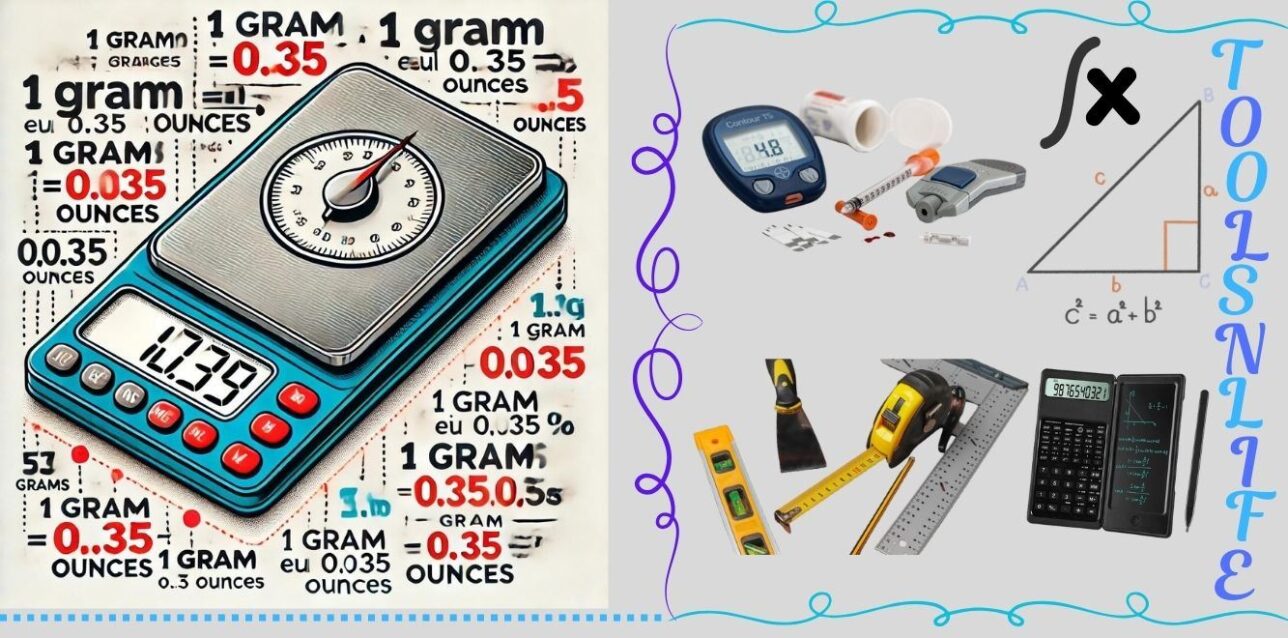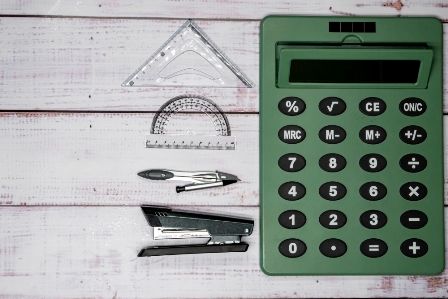Precise Grams to Ounces Conversion
As an experienced nutritionist and culinary measurement specialist, I’ve created this comprehensive grams to ounces calculator to help you achieve perfect measurement conversions every time. Whether you’re cooking, baking, mailing packages, or working on scientific projects, accurate conversions between metric and imperial systems are essential for success.
The relationship between grams and ounces might seem complicated, but with the right tools and understanding, you’ll master these conversions in no time. This guide provides not just a calculator but also the historical context, practical applications, and professional tips I’ve gathered throughout my career.
Grams to Ounces Calculator
Use our interactive converter below for instant, accurate conversions between grams and ounces. Simply enter your value in either field, and the conversion will happen automatically.
Common Grams to Ounces Conversions
Here’s a handy reference table for quick conversions between grams and ounces for common measurements:
| Grams (g) | Ounces (oz) | Common Items |
|---|---|---|
| 1g | 0.035 oz | Small paperclip |
| 5g | 0.18 oz | US nickel coin |
| 28g | 1 oz | Slice of bread |
| 100g | 3.53 oz | Medium-sized apple |
| 250g | 8.82 oz | Stick of butter |
| 500g | 17.64 oz | Package of pasta |
| 1000g | 35.27 oz | 1 liter of water |
Practical Applications of Grams to Ounces Conversion
Throughout my career, I’ve found that understanding measurement conversions is crucial in various fields:
🍳 Cooking & Baking
Precision is essential in recipes. Many professional kitchens use grams for accuracy, while home cooks often prefer ounces. Converting between these units ensures your dishes turn out perfectly every time.
📦 Shipping & Mailing
Postal services often charge by weight, and different services use different measurement systems. Knowing how to convert between grams and ounces can help you calculate costs accurately.
💊 Pharmaceuticals
Medication dosages sometimes need conversion between metric and imperial systems. Always consult a healthcare professional for medical measurements.
🏋️ Fitness & Nutrition
Food portions and supplement measurements often appear in both grams and ounces. Accurate conversions help maintain proper nutrition tracking.
The History of Measurement Systems
Understanding why we have different measurement systems adds context to conversion needs:
The gram originated in France during the French Revolution as part of the metric system, designed to create a universal, decimal-based measurement system. One gram was defined as the mass of one cubic centimeter of water at its maximum density.
The ounce has a much longer history, dating back to the Roman Empire. The word “ounce” comes from the Latin “uncia,” meaning one-twelfth, as it was originally 1/12 of a Roman pound. Today, the avoirdupois ounce (used for most measurements) is exactly 28.349523125 grams by international agreement.
This historical divergence explains why we need conversion tools today—different regions and industries adopted different systems based on their historical development.
Frequently Asked Questions
Why is 1 ounce equal to approximately 28.35 grams?
The exact conversion factor (1 oz = 28.349523125 g) was internationally agreed upon in 1959 between the United States and countries of the Commonwealth of Nations. This standardization created the international avoirdupois ounce used today.
Are fluid ounces the same as weight ounces?
No, this is a common point of confusion. Fluid ounces measure volume, while ounces (avoirdupois) measure weight. The conversion between them depends on the density of the substance being measured. For water, 1 fluid ounce approximately equals 1 ounce weight, but this isn’t true for other substances.
How can I quickly estimate grams to ounces without a calculator?
A quick estimation method is to remember that 30 grams is approximately 1 ounce. For a more accurate mental calculation, multiply grams by 0.035 (or divide by 28.35). For example, 100 grams × 0.035 = 3.5 ounces (close to the actual 3.53 ounces).
Which countries primarily use grams versus ounces?
Most countries worldwide use the metric system and grams as their primary unit of mass measurement. The United States, Liberia, and Myanmar are the only countries that primarily use ounces and pounds for everyday measurements, though even these countries use grams in scientific and medical contexts.
Professional Measurement Tips
Based on my experience in nutritional sciences, here are some expert tips for accurate measurements:
- Always use a digital scale for the most accurate measurements when working with recipes
- When measuring dry ingredients, use the “tare” function to zero out your container weight
- For small measurements (under an ounce), grams provide much greater precision
- When converting recipes, convert all measurements for consistency rather than mixing systems
- Remember that temperature can affect weight measurements, especially for sensitive scientific work
Comprehensive Conversion Chart
Below is a detailed conversion chart for grams to ounces. This printable reference covers the most commonly needed conversions:
Master Your Measurements Today!
Now that you have both the tools and knowledge to accurately convert between grams and ounces, you’re equipped to tackle any recipe, mailing project, or scientific measurement with confidence. Bookmark this page for future reference, and share it with friends who might benefit from a reliable conversion calculator.
Have specific measurement questions or unique conversion scenarios I haven’t covered? Share your experiences in the comments below—I’d love to hear how you’re using this calculator and what other measurement tools would make your life easier!






